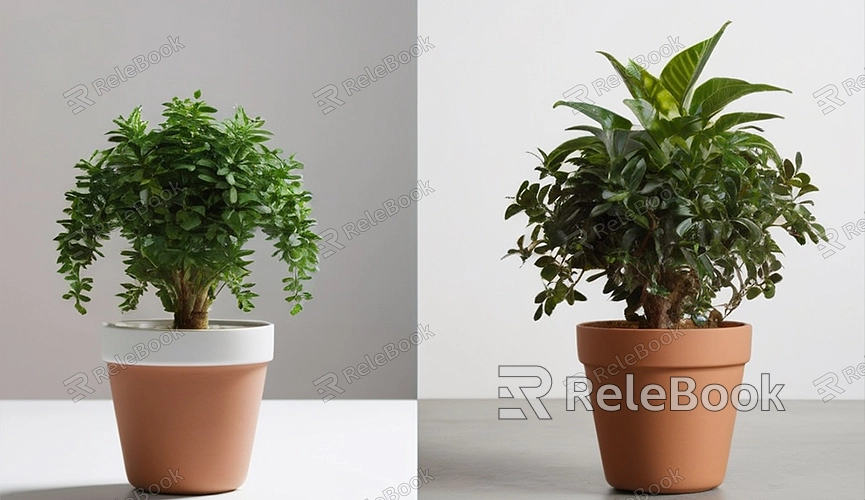How do i create 3d printable models
Creating 3D printable models is an exciting and creative process suitable for a variety of applications, from personal projects to professional manufacturing. This article will provide a detailed guide on how to create 3D printable models, offering practical tips to help you design high-quality 3D printable models from scratch.
1. Choose the Right Software
Recommended Free Software:
1. Blender: Blender is a powerful open-source 3D modeling software suitable for a wide range of 3D design tasks. Its rich interface and numerous plugins make it ideal for creating complex 3D models.

2. Tinkercad: Tinkercad is a browser-based 3D modeling tool, especially user-friendly for beginners. Its simple and intuitive interface makes the design process easy and enjoyable.
3. FreeCAD: FreeCAD is an open-source parametric 3D modeling tool suitable for designing industrial parts and engineering projects.
Recommended Commercial Software:
1. Autodesk Fusion 360: Fusion 360 is a powerful CAD software suitable for professional designers and engineers. Its parametric design and robust simulation features make it an ideal choice for creating precise 3D printable models.
2. SolidWorks: SolidWorks is a widely used 3D CAD software, particularly suitable for mechanical design and engineering applications.
2. Design the 3D Model
Basic Modeling Steps:
1. Concept and Sketching: Before starting with the software, draw sketches on paper to define the model's structure and details.
2. Create Basic Shapes: Use the software's basic geometric tools, such as cubes, spheres, and cylinders, to create the basic shape of the model.
3. Add Details: Add details and complex parts through Boolean operations, extrusions, scaling, and other operations.
4. Optimize the Model: Check the model's geometry to ensure there are no overlaps or non-manifold geometries to avoid printing errors.
Parametric Design:
Parametric design allows you to adjust the model's dimensions and shapes by modifying parameters, ideal for projects that require multiple iterations or customization.
- In Fusion 360 or FreeCAD, use parametric features to set dimensions and constraints for easy model adjustments.
3. Check and Repair the Model
Model Checking:
After completing the design, inspect the model to ensure it is suitable for 3D printing. Common issues include:
- Non-manifold geometry: Holes or overlapping faces in the model.
- Incorrect normal direction: The model's normals should uniformly face outward.
Repair Tools:
- Blender: Use Blender's "3D Print Toolbox" plugin to detect and repair common 3D printing issues.
- Meshmixer: Meshmixer is a free model repair tool that can automatically fix non-manifold geometry and other issues.
4. Export as STL File
STL (STereoLithography) is a commonly used file format for 3D printing. When exporting the model as an STL file, ensure the settings are correct to guarantee printing accuracy.
Export Steps:
1. Select the Model: Choose the model you want to export in the 3D modeling software.
2. Export as STL: Select "File" > "Export" > "STL" or a similar option, and save the model as an STL file.
3. Set Precision: Set the appropriate precision when exporting, typically 0.01 millimeters is suitable for most 3D printing tasks.
5. Slicing Process
Slicing software divides the 3D model into layers for printing paths. Common slicing software includes Cura, PrusaSlicer, and Simplify3D.
Slicing Steps:
1. Import STL File: Import the STL file into the slicing software.
2. Set Printing Parameters: Based on the printer and material, set parameters such as layer height, fill density, printing speed, etc.
3. Generate G-code: After slicing, the software generates a G-code file for the 3D printer to read and print.
6. Printing and Post-processing
Printing Settings:
Upload the G-code file to the 3D printer for printing. Ensure the printer bed is level and the nozzle is clean for optimal print quality.
Post-processing:
After printing is complete, perform necessary post-processing such as removing support structures, sanding, painting, etc., to refine and make the model more practical.
Creating 3D printable models is a comprehensive skill that involves multiple steps from software selection, model design, inspection and repair, to slicing and printing. By using tools and techniques effectively, you can design high-quality 3D printable models to meet various needs. If you require many high-quality 3D textures and HDRIs, or 3D model downloads when creating models and virtual scenes, you can download them from Relebook. After downloading, simply import the textures and 3D models directly into your model for use.

